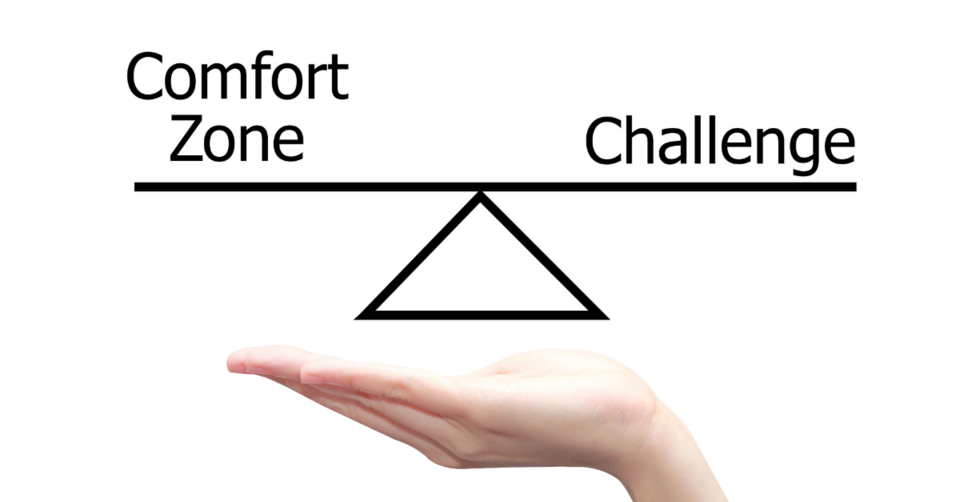Step 6 encouraged you to Include Everyone involved.
Step #7 in the Road Map through Workplace Conflict to Collaboration is to Challenge Conflict as it arises.
When my kids were toddlers and preschoolers, mealtime was not peaceful. There was conflict because I wanted them to eat what the adults were eating, and they wanted what they wanted. This lasted a few years until there was a revolt, initiated by me. We ended up with a win/win solution because I challenged the conflict by adopting the 3-bite rule, and I held firm to it. I made one meal, and they had to try 3 honest bites. If they didn’t like it, they didn’t have to eat anymore but there was no substitute. They learned to eat everything the adults were eating within a short time.
Relationships can use the same approach. I know we’re not eating our teammates but sometimes they’re tough, sour or downright bitter! Challenge conflict by trying 3 bites before you give up, and if you really want to improve your sandbox factor, try 3 more! Three bites is not 30 bites.
As Kenny Rogers says, “you gotta know when to hold ‘em, know when to fold ‘em”. And often as you’re trying three bites, or three more, you have to swallow your pride.
Learn more about how to Challenge Conflict in this short video:
Don’t be afraid to set boundaries for yourself of what you will and won’t accept from others who aren’t adapting to your attempts to get along. Let people know that you’re interested in a respectful relationship and that when they’re ready to meet you in that place, your door is open. Remember that we teach people how to treat us.
Follow through with commitments that are made for change. Employees want boundaries, and managers to manage poor performance and hold people accountable for change and commitments made. Back to my preschoolers…had I not held down that 3-bite rule through the uncomfortable period of change, I wouldn’t have had the results.
Accountability through follow-up sessions are always a part of my process with work teams. They need time to implement, and time to gather again and recalibrate, to get back on track.
The most stressful part of being in conflict or building up to a challenging conversation is before you begin to move through the resolution stage. Talking about it is actually less stressful than spinning in it.
The best person to talk about it with, is the person that you’re having conflict with. If you don’t feel safe or prepared to do that, reach out to a trusted professional, HR manager, or someone who will help facilitate a conversation.
Invite the other party to the conversation. “Can we talk?” is the easiest approach. Your goal is to get them to the conversation, so choose friendly words and an inviting voice tone. You may also say:
“I have an idea that I’d like your opinion on.” Or “Would you agree to talk with me about the situation until we find a solution we feel good about?”
When you do get the chance to talk, try to listen and speak (in that order if possible) from the present, not the past.
If you’re not an expert in conflict resolution, don’t worry about it. Most people aren’t even taught how to disagree professionally, let alone resolve and embrace conflict. Download the complete roadmap and get all of the 8 tips, and think about bringing the Sandbox Training program to your entire organization. Want to schedule a complimentary call to discuss?
Relationships are important. There are times when entanglements require intervention. If you can’t find your way, call Penny Tremblay, because the high cost of conflict is avoidable, and profits can be used for better things.

.jpeg;w=120;h=120;mode=crop)

